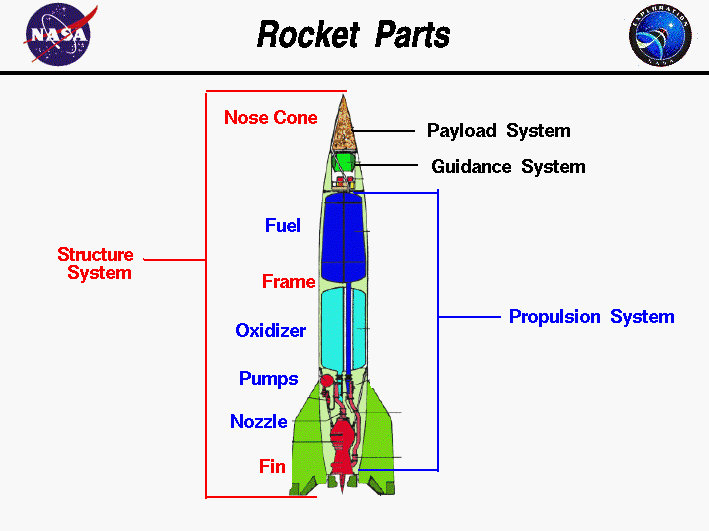History of Indian Space Program Part- 1 (ISRO's Achievements)
In 1972, space commission was established.
In 1975, India launched its first satellite, Aryabhata
after this India enter the space age.
History
Modern space research in India is most visibly traced to the 1920s when the scientist S.K. Mitra conducted a series of experiments leading to the sounding of the ionosphere by application of ground-based radio method in Calcutta.
later Indian scientists like C.V. Raman and Meghnad Saha contributed to scientific principles applicable in space sciences.
however, it was the period after 1945 that saw important development being made in coordinated space research in India.
Two Superheroes of India
Space research in India was spearheaded by two scientists: Vikram Sarabhai- founder of the Physical Research Laboratory at Ahmedabad-and Homi Bhabha, who established the Tata Institute of Fundamental Research in 1945.
In 1950, the Department of Atomic Energy was founded with Bhabha as its secretary.
In 1954, the Uttar Pradesh state observatory was established at the foothills of the Himalayas. The Rangpur Observatory was set up in 1957 at Osmania University, Hyderabad.
Program
Space research was further encouraged by the technically inclined Prime Minister Jawaharlal Nehru.
In 1957, the Soviet Union launched Sputnik 1 and open up possibilities for the rest of the world to condect a space launch.
The Indian National Committee for Space Research (INCOSPAR) was set up in 1962 by Jawaharlal Nehru, first Prime Minister of India.
Indian Space Research Organization (ISRO), was set up at Ahmadabad in 1969 by Prof. Vikram Sarabhai as Chairman.
ISRO Objectives
Two major operational system have been established-
The Indian National Satellite (INSAT) for telecommunication, television broadcasting
The Indian Remote Sensing Satellite (IRS) for monitoring and management of natural resources and Disaster Management Support.
Satellite Launching Vechicle
Satellite Launch vehicle (SLV)- 4-stage solid-propellant light launcher. It was intended to reach a height of 500 kilometers (310 miles) and carry a payload of 40 kilogram (88 poundes)
Augmented Satellite Launch Vehicle (ASLV)- Usually known as ASLV. 5-stage solid-propellant rocket with the capability of placing a 150-kilogram (330 Pound) satellite into Low Earth Orbit.
Polar Satellite Launch Vehicle (PSLV)- It is an expendable launch system developed by ISRO to allow India to launch its Indian Remote Sensing (IRS) satellite into Sun synchronous orbit.
Some Inspirational Quotes by Vikram Sarabhai: We look down on our scientists if they engage in outside consultation. We implicitly promote the ivory tower.
Blog Written By :Tushar Pandey



Comments
Post a Comment